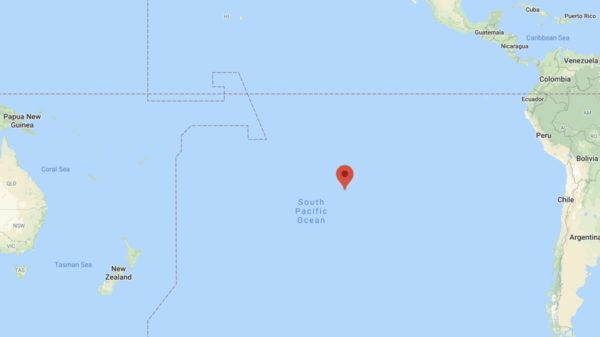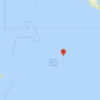If you or your business receives income from a US payer, there is a good chance you will be asked to file a W8 or W9 form. In this guide, I explain why and how to fill the form.
Overview
The US has one of the world’s most thorough withholding tax regime, with nearly all types of US connected income subject to it. In case you are unfamiliar with the term, withholding tax refers to a tax that is taken at the source, collected directly by the payer. The primary benefit of withholding tax is that it eliminates the need to file a US tax return to report US connected income (the income is received net of US tax). It is also easier for the IRS to enforce compliance as the liability lies with the US payer, under US jurisdiction.
In order to determine the tax residency status of a beneficiary, form W8 or W9 is filed. W8 for non-tax residents, including US disregarded entities owned and operated by non-tax residents, W9 for tax residents.
W8 is also used to determine the correct withholding tax rate, as it may vary depending on the existence of a tax treaty.
Keep in mind that W8 and W9 are not filed with the IRS, they are used only to determine the tax residency status of a beneficiary, with a specific payer. You will thus need to file one with each payer, and new ones if your circumstances change.
Individuals
The correct form to file for US tax resident individuals is W9. US tax resident individual refers to US citizens and green card holders regardless of where they live. It also refers to foreign nationals living in the US on non-immigrant visas, and even tourists, provided they meet the Substantial Presence Test.
Fill 1, tick the Individual box in 3, enter your address in 5 and 6, enter your SSN in Part I, sign and date in Part II.
The correct form to file for non-US tax residents is W8. More specifically, for individuals it is W-8BEN.
If you are not claiming tax treaty benefits, simply fill 1, 2, 3, 4 (if applicable), 5 (if you have an SSN or ITIN, otherwise leave blank), tick the certification box at the bottom, sign and date. Leave all boxes not listed above blank.
If you are claiming tax treaty benefits, on the other hand, you will also need to fill in Part II. Enter your country of tax residence in 9. In 10, you will need to enter the number of the paragraph relevant to the benefits you are claiming, the rate you are claiming, the type of income you are claiming it on and a short explanation as to why you are entitled to the benefit. For example, United Kingdom – 12 – 0% – Royalties – Tax resident of the United Kingdom. You can find all tax treaties signed by the US here.
Legal entities
The correct form to file for US tax resident legal entities is W9, the same form as for US tax resident individuals.
Enter the legal name for your business in 1, fill 2 if applicable, for example if you have a DBA, tick the correct box in 3, enter your business address in 5 and 6, enter the EIN for your business in Part I, sign and date in Part II.
The correct form to file for non-US tax residents is W8. More specifically, for legal entities it is W-8BEN-E.
Enter the legal name for your business in 1, the country of registration in 2, tick the correct box in 4, tick Active NFFE in 5 if the business is an active business or Passive NFFE if the business is a holding company, enter your business address in 5 and 6 (if applicable), enter the EIN for your business in 8 if it has one, tick the box in Part XXV if you ticked Active NFFE earlier, tick the box in Part XXVI if you ticked Passive NFFE earlier as well as the correct box for the question at the bottom, sign and date in Part XXX.
If you are claiming tax treaty benefits, fill in Part III using the instructions provided in the Individuals section of this guide.
US LLC (disregarded)
To access this content, please log into your Insiders Club account. If you do not have an account, click here to learn about the benefits of membership.
UK LLP / BC LLP / ON LP
To access this content, please log into your Insiders Club account. If you do not have an account, click here to learn about the benefits of membership.


































